The Staggering Cost of Regulation - Insights from NAM's Latest Study!
- Andrew Langer

- Nov 29, 2023
- 2 min read

For decades, every five years the Small Business Administration's Office of Advocacy would produce a report assessing the impact of federal regulatory costs to the American economy. When those costs skyrocketed under the Obama Administration, the federal government stopped producing such reports.
Thankfully, when Dr. Chad Moutray, the former Chief Economist for the Office of Advocacy, joined the National Association of Manufacturers, he resurrected this report--and contracted with two of the economists responsible for the analysis to start conducting it for NAM once again. NAM recently released their 2023 report, and the results are both alarming and unsurprising at the same time. Alarming, because of the sheer amount that we are talking about, but unsurprising because the NAM report confirms the assessments and projections of the Center for Regulatory Freedom: that federal regulations currently cost the American economy over $3 trillion per year.
When added to the data CRF currently uses for regulatory projections, it adds to our concern that without significant changes to our regulatory trajectory, regulatory costs will be at $7 trillion per year by 2030.
NAM's Alarming Findings:
NAM's study reveals a startling cost of federal regulations in 2022, estimated at $3.079 trillion, or 12% of the U.S. GDP. This figure surpasses the total economic output of the entire manufacturing sector. Manufacturers, especially smaller ones, face a disproportionate share of this regulatory burden:
The average U.S. company spends approximately $13,000 per employee per year on regulatory compliance.
For manufacturers, this cost more than doubles to over $29,000 per employee annually.
Small manufacturers, with fewer than 50 employees, face the highest costs at an estimated $50,100 per employee per year.
The Growing Regulatory Burden:
The study indicates a 26% increase in the cost for manufacturing firms since 2012, with the total regulatory burden on this sector now larger than the economies of 29 American states. This highlights the escalating challenge that regulations pose to the sector's sustainability and growth.
The Impact on Business Dynamics:
According to NAM's study, reducing regulatory costs could significantly enhance competitiveness for manufacturers. Funds saved could be reallocated to employee compensation, hiring, and other growth-oriented initiatives.
Sector-Wise Regulatory Costs:
The NAM study breaks down regulatory costs by sector, with manufacturing facing the most significant burden. This sectoral analysis provides crucial insights into how different industries are affected by regulatory policies, a point the CRF emphasizes.
Conclusion:
NAM's study confirms the underlying reasons CRF is engaged in this work and paints a clear picture of the heavy toll federal regulations take on the U.S. economy, particularly on small manufacturers. It calls for a critical reexamination of the regulatory framework, advocating for a system that achieves its intended objectives without impeding economic growth and innovation.
These insights serve as a call to policymakers and industry leaders to seek a balance in regulatory practices. If we do not, we will be facing an even-more-massive regulatory burden by 2030.








.png)




_gif.gif)